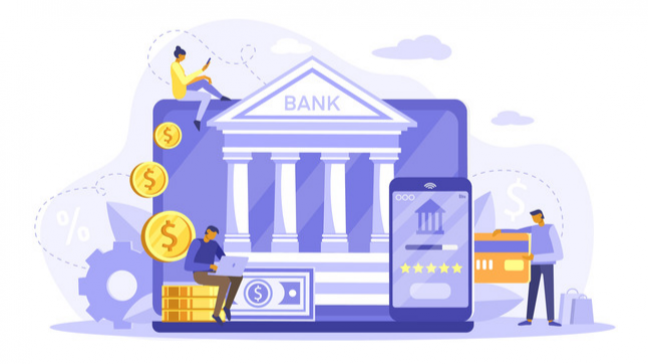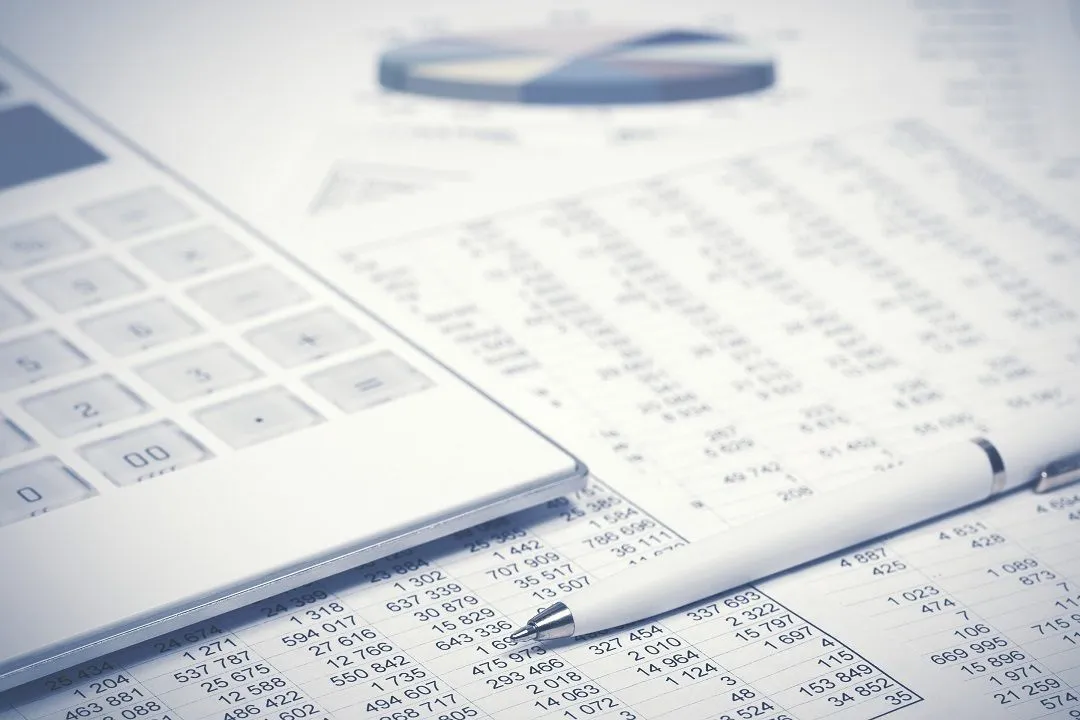Explain Different Types of Checking Accounts
Apr 06, 2023 By Kelly Walker
A checking account is a type of bank account that helps you make deposits and withdraw funds for daily transactions. It involves depositing a check, withdrawing credit with a debit card, or setting up direct deposit to get your paycheck.
Checking accounts are one of the most active banking accounts, which means you have fast access to all your cash. They typically provide unlimited deposits and withdrawals (but depending on the bank’s daily maximum range).
The main objective of a checking account is to properly secure your money for a short period in order to be there when you need it to cover your bills and other expenses. You can directly deposit your paycheck into your checking account and then transfer a portion of your earnings to a savings or investment account, which can multiply over time.
Checking accounts should not be utilized for long-term objectives like savings for a home because you only receive a small amount of interest, usually around 0.4% on them. But, several banks offer a range of checking account categories, so you can always earn slightly higher interest if you secure more money in your account.
Charges for standard Checking Accounts
Checking accounts also charge fees, just like many other mutual funds. There are two common types of checking accounts are as follow:
- Monthly service charges: The monthly maintenance charges for many checking accounts, particularly some major financial institutions, can be high as $15. If you fulfill particular requirements, including having a minimum amount or setting up an automatic payment, you might be able to avoid paying the monthly service charges.
- Default charges: There may be default charges, which typically cost roughly $30 If you spend more than the money you have in your account. This can be prevented If you register in default protection, which will reject payments that exceed your checking account balance or transfer extra funds from an associated savings account.
Difference between Checking and Saving Accounts

However, both checking and saving accounts are the type of bank accounts. They each serve a particular purpose and the activities you can perform with them. Here are some essential differences:
- Debit card with checking accounts: You get a debit card with checking accounts. And you can easily make cash withdrawals from your checking account using the debit card you receive. On the other hand, saving accounts don’t come with debit cards, but If your account is linked to your checking account within the same bank, you might be able to utilize the debit card for funds.
- Unlimited withdrawals: Checking account provides unlimited withdrawals. In contrast to saving accounts, the maximum allowed for withdrawals is generally six times a month; this gives you more flexibility regarding how often you can withdraw your money.
- Lower interest rates: Checking accounts pay lower interest rates averaging 0.4%. Therefore, depositing a significant amount of cash in savings accounts with interest rates of 1% or more is preferable.
Types of Checking Accounts

These are some of the most common types of checking accounts offered by banks and credit unions:
Conventional Checking Account
They usually provide alternatives for online bill payments, checks, and debit or ATM cards. Monthly service charges are frequently waived by maintaining a minimum amount; some conventional checking accounts don’t impose. These accounts can additionally provide default protection to cover transactions that exceed your account’s sufficient money, even though these services usually charge fees.
Premium Checking Account
This account often provides benefits that you would normally have to pay for. There might be no fees for sure or all-out network ATMs, a free safety deposit box, free personalized checks, free official checks, free money orders, and much more.
Student Checking Account
The average range for these accounts is 18 to 23. Service charges on student checking accounts may not apply for individuals who qualify. They also provide free checks, ATM fee refunds, default forgiveness, and other benefits. Students can easily start managing their finances with the help of these accounts by purchasing items or cash withdrawals by using their debit cards.
Senior Checking Account
These accounts are generally available for those people who are 55 or older. They will provide free checks, reduced monthly costs, and other incentives for retired people or even those on fixed incomes.
Interest-bearing Account
These checking accounts help you to make investments. Most demand a certain number of debit card transactions or minimal bank transfers to accomplish a specific APY.
Moreover, restrictions can be on how much you can earn a specific APY. However, some interest-checking accounts provide greater APYs than saving or money market accounts. Interest-bearing accounts are more common for these accounts to offer a higher percentage on funds up to a specified balance level and lower rates on funds over it.
Business Checking Account
This type of checking account can support business activities. For example, a company might have separate checking accounts for maintaining costs and salaries. It could additionally have several accounts with different uses.
Business checking accounts may charge the consumer an additional fee for transactions that exceed the standard limit. If your company makes regular cash transactions, compare business checking accounts thoroughly.
Checkless Checking Accounts
These accounts don’t provide checks. You must transfer money with a debit card. And default fees might not apply to this account. If you can’t remember when you wrote a check last, it might be a good banking choice for you. Certain checkless accounts also have monthly service charges, which are not refundable.
Reward Checking
These accounts provide earning points or cash back If you use a debit card to make transactions. Review the fine print to determine if you must fulfill any conditions to receive some money back.
Private Bank Checking Accounts
These accounts provide you with higher debit card limits, free money transfers, or the opportunity to withdraw cash from an ATM daily. To be qualified for a private bank checking account, you must generally have a specific amount of money deposited at a bank.
Final Words
A checking account is a highly active transaction with a final institution, such as a bank, allowing a holder to make payments and withdrawals. Checking accounts are intended to be used daily, allowing many financial transactions compared to less active savings or investment accounts.

Apr 03, 2023 John Davis

Apr 11, 2023 John Davis

Jul 29, 2023 Rick Novak

Jul 29, 2023 Rick Novak

Mar 29, 2023 Kelly Walker

May 20, 2023 Rick Novak